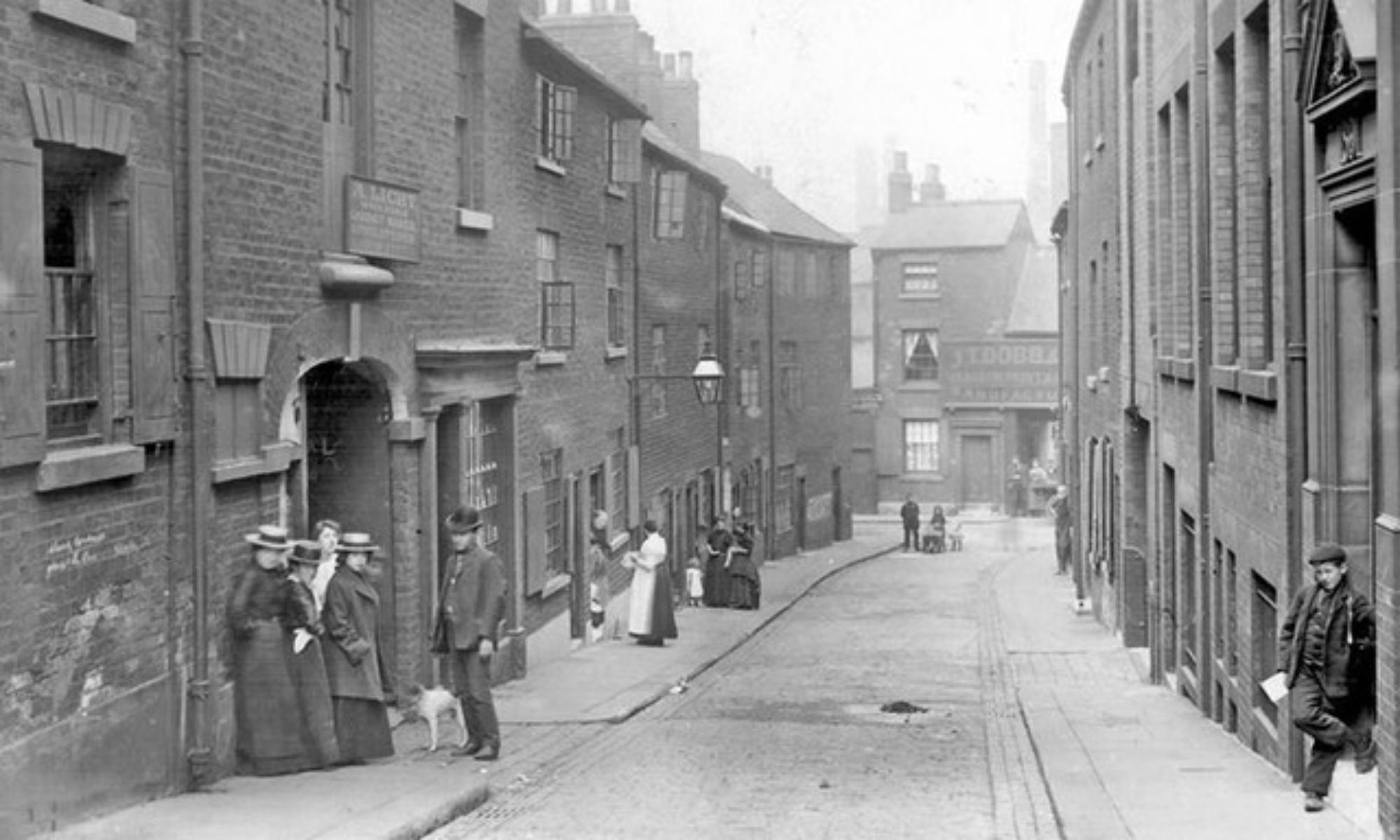EPISODE 398 THE SHORT AND HORRIFIC LIFE OF GEORGE EVERITT GREEN, HOME CHILD , PART TWO
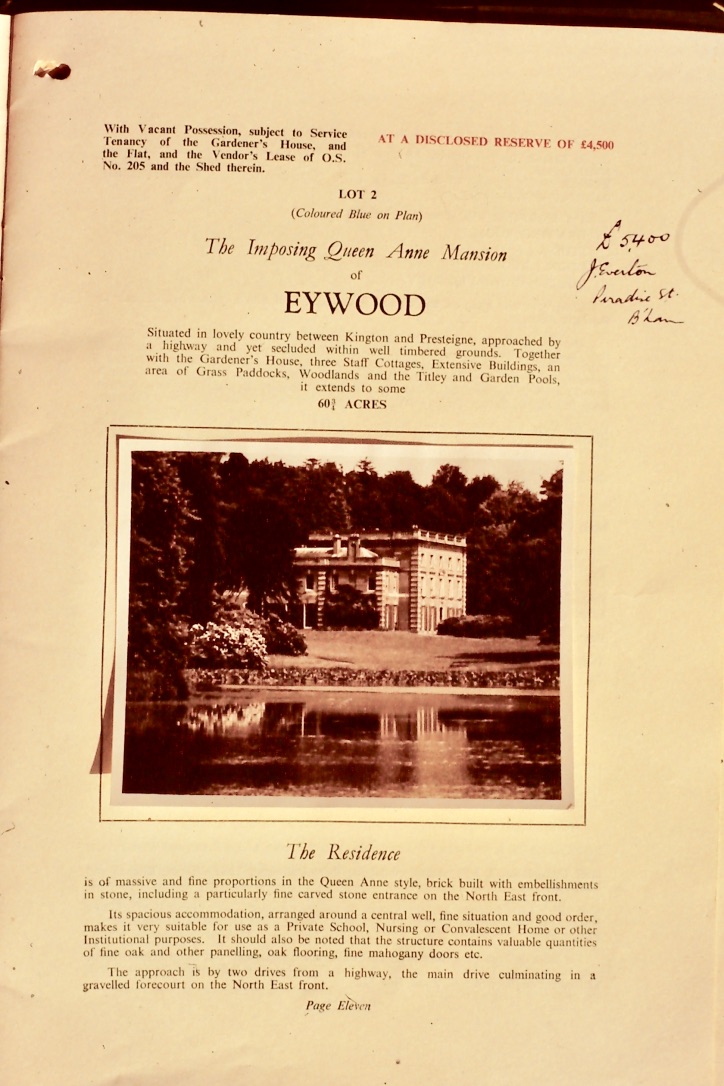
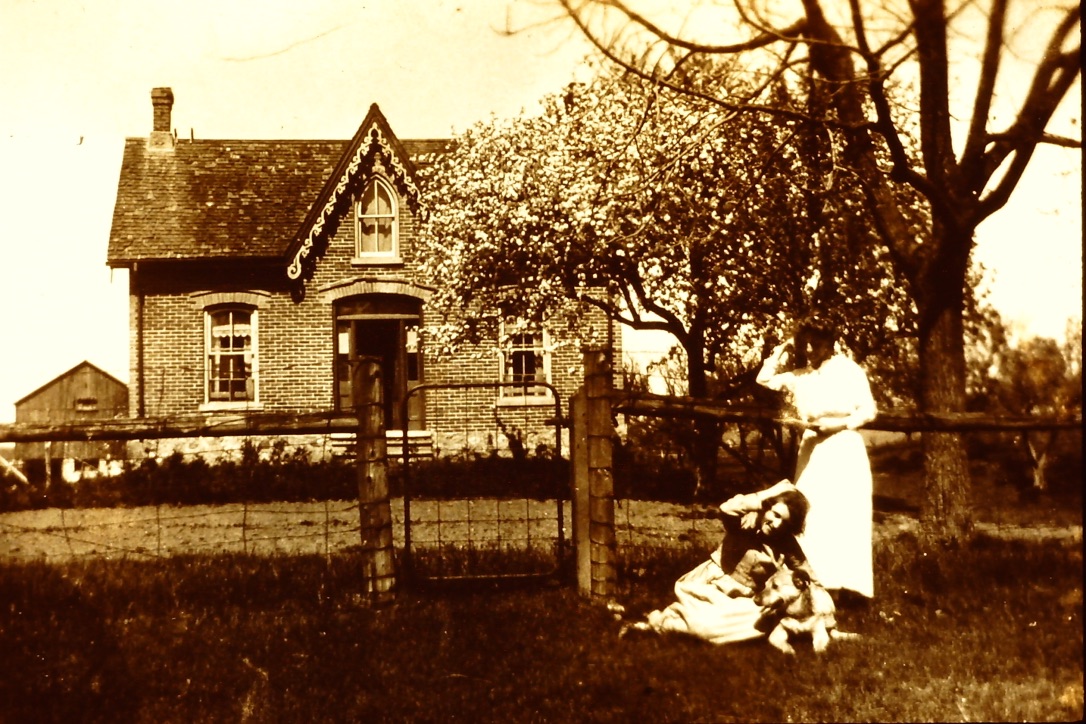
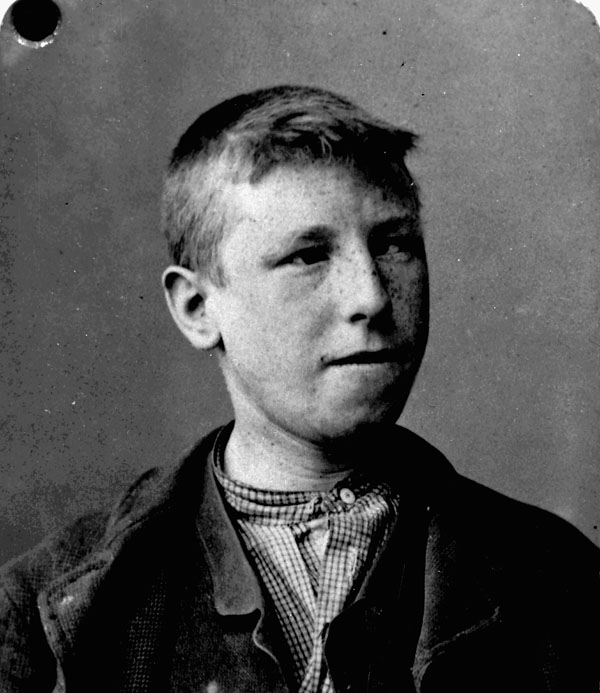
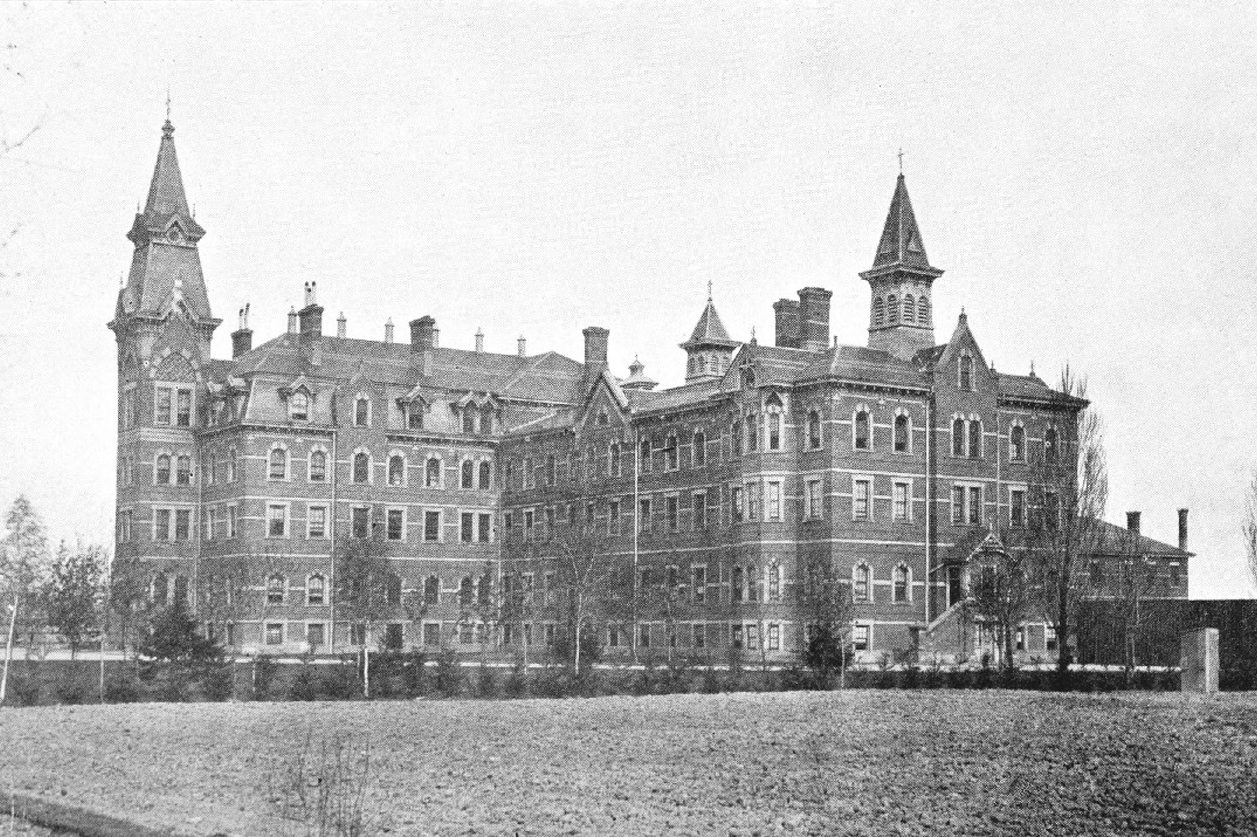
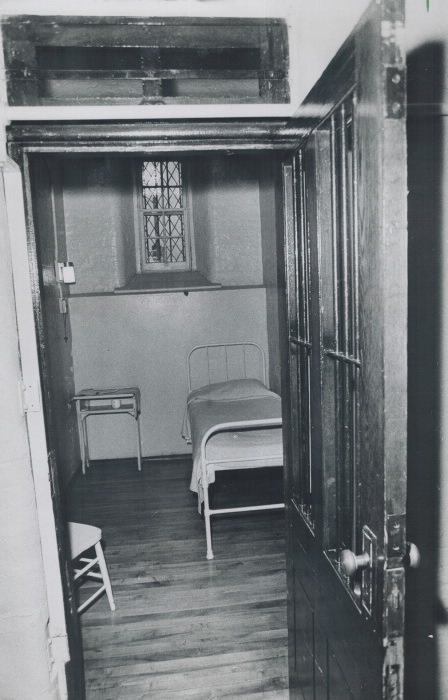
alan skeoch
July 2021
NOTE: The fifteen year lifespan of George Everett Green is not a story of idyllic rural life
on an Ontario farm. The last six months of his life are the direct opposite. I used the word horrific in the heading…that
says it all. Rather than type a new manuscript I will stick largely to the script written in 1992 with
corrections added. In 1992 I did not know what happened to Rose Findlay, the tormentor of George…murderess
is a better term. Documents recently discovered state she spent at least one year in the Mercer Reformatory
for Women located in the Parkdale district of Toronto. The Mercer Reformatory has been demolished only the home of the matron remains.
Rose was convicted of child abuse rather than murder. Convicted. She did not escape justice even though
many people considered her innocent. Some Canadians believed Home Children should never have been
shipped to Canada owing to the fact most of these children came the slums of English cities.
The negative attitude to Home Children circulated among many Canadians. The attitude is best
seen in the political cartoon below. The children were regarded as the sweepings of the slums. Worthless and
diseased. Children that England was glad to send to the colonies. Children that many people in Canada
felt were not legitimate immigrants. As a result many Home Children were overworked and abused. Mind you Others
were greeted warmly and became valued as future farmers. Love and hate were expressed among Canadians when Home Children
were mentioned in casual conversation. That will be apparent as my story unfolds. But first take a close look
at this wretched cartoon….titled “OUR GUTTER CHILDREN” being rescued by a Christian missionary called Dr Barnardo. George Everett
Green was abandoned by his laundress mother when he was 6 years old.
WHY TELL THIS STORY OF NEGLECT, ABUSE AND MURDER?
Why is this story so close to me? My grandmother, Louisa Bufton, was nearly such a child. Her mother had been impregnated by
one person named Doctor Price…a medical doctor. He assumed no responsibility for grandma. And her mother was too poor to
do much . How could single women with little children even survive? No help for them.
A distant aunt, Miss Webb, heard that Louisa was being mistreated and possibly becoming a street child in Manchester.
Aunt Webb rescued her and brought her along with another child to a farm in Herefordshire where she grew up. But always with a
bit of the stigma that abandoned children carried through their lives. Grandma was a very bright woman whose cheerfulness dominated
her life. A good marriage happened when she met Edward Freeman who became the head gardener on the 1500 acre Eywood Estate
near Kington, Herefordshire. Migrated to Canada in 1908. Shared adventures and tragedies. She sang and played the organ as an
integral part of her Erin Township, Wellington County, Ontario community after she and
her husband Edward Freeman migrated to Canada. Somehow they made a living and raised two children on a tiny 25 acre
farm with stones strewn liberally on the bit of dry land and four large swamps where nothing could be grown. We still have
that farm. Today it is our country estate.

The Eywood Manor House before it was demolished in 1954 and the Estate sold in pieces.
Edward Freeman’s brick walled gardens still survive to this day. We have been there often.

The Freeman farm as it appeared in 1914…with Louisa Bufton Freeman standing and her daughter Elsie Freeman (my mother)
cuddling their dog Punch. The farm house remans much as it appears here. The barn is gone.
Why tell you this? Because it is best you know my bias before reading the story of George Everitt Green.
alan Skeoch
july 2021
THE MURDER OF GEORGE EVERITT GREEN
November, 1992: WE drove North from Owen Sound through the abandoned village of Presqu’ile where George Everett Green’s body
had been carried in November 1895. Mike Brillinger and I planned to made a video of the death of poor little George. We Drove through the village of Kemble where the old general store stood cold and empty on the dreary November
afternoon. Cloudy day. Then we ascended the limestone and shale escarpment that towers over the deep water port
of Owen Sound. Hairpin turns with the forest reclaiming land lost to pioneer axes a century ago. A mile or so on we
found the graveyard. The wire gate was open.
And there it was…the first gravestone. A large piece of square limestone with an obelisk top pointing to heaven.
Beneath that stone lay the remains of George Findlay, brother to Helen Rose Findlay. He had been killed in 1894 when his team of
horses bolted throwing him to his death on the dirt road leading to the forgotten village of Big Bay. Somewhere on this
road George Findlay died. He was 43 years old.
Helen Rose was 41 years old when she inherited their farm…Lot 42, Concession 25, North Keppel Township, Grey County, Ontario.
Settlement of the will was contested as many relatives felt Helen Rose Findlay should not get the farm. But she did. She spent the
winter of 1894 alone in the frame farmhouse. A tough winter for Helen.
I don’t think she was ready for the tasks of pioneer farming. I do not admire Helen Findlay but do have some compassion
for her situation. North Keppel is a poor place to try and operate a farm. In November. 1992 the land was abandoned. Thin topsoil,
poor drainage, brutal winters. A depressing place. Nearby is a lake named the Slough of Despond, a term borrowed
from Bunyan’s Pilgrm’s Progress. Slough of Despond … not much more need be said.
Helen could not operate the farm without help so she applied to Alfred Owen, superintendent of the Barnardo distributing
home for young destitute children located in Toronto. Her application was accepted since her brother George had taken a
Home child without any subsequent problem.
Fifteen year old George Green was sent by train to Owen Sound where he was picked up by William Johnson, the stagecoach driver.
A few months later Mr. Johnson would be a key witness in the murder trial. William Johnson testified that the boy was an imbecile
who could not even get off the stagecoach without falling. Others described the boy as a kind of docile version of Frankenstein.
WHO WAS GEORGE EVERRIT GREEN?
He looked a lot younger than 15. (Some sources said he was 17 really but agree he looked younger than that). His early life had not been
pleasant. His father died 1888 when George was very young. Apparently his mother was a drunken abusive person. George became a slum kid…a street orphan.
Negative comments about the mothers of slum children are quite common. And also very insensitive. Seems popular these days
to judge the lives of people in the past using the lens of the present as I have said before. Single mothers in 19th century England
lived a vicious hand to mouth existence. No social services. Often carrying the stigma of loose and immoral behaviour. Alone and rejected.
How so many of these women managed to keep their children and survive is to me miraculous. The fact that many surrendered their
children to social missionaries like Dr Barnardo should be no surprise. Take a moment to think what you would do in similar situations.
George was rescued by Dr. Barnardo when George’s sister and mother signed him over to the Barnardo Home. Dr. Barnardo was
an English evangelist whose compassion for destitute and abandoned children led to the
creation of one of the greatest refuges for the poor in England. George loved the Barnardo Home…first time he felt safe. He was fed,
housed and given training in basic trades. He was also taught to read and write in order that he could read the bible and
become a good Christian. Then on March 25, 1895 he joined 167 other male Barnardo children being sent to Canada on the
steamship Parisian. Not a pleasant experience . The boys were jammed into the steerage part of the ship. George was sea sick
for the entire trip and had to live in foul conditions throughout.
BACKGROUND RECORD
“Until he was six, Green lived with his older sister, Margaret, his younger brother, Walter, and his parents in lodging-houses in the Tottenham suburb of London. In 1886 the parents deserted their children, who were admitted to the Old Parish School and then to the Enfield Farm School run by the Edmonton Poor Law Union, a local government institution. Their father died in January 1888. In May 1894 their mother induced Margaret, aged 17, to leave her job at the farm school for a place in service, and in retaliation the union discharged the boys into their mother?s care. Within a month Mrs Green was unable to pay the rent on her room, and she and the boys began to sleep rough. In July 1894 George and Walter were admitted to the East End Juvenile Mission of Dr Thomas John Barnardo at their mother?s request. George was described in the admission documents as well conducted, but with a cast in his left eye and a peculiar appearance. Eight months later, on 21 March 1895, the brothers embarked for Canada in a party of 167 boys.
George was sent on 3 April to a bachelor farmer in Norfolk County, Ont., who returned him to the Barnardo receiving home in Toronto within the trial period of a month because the boy?s defective vision meant that he could not drive a team. On 7 May, Green was dispatched to a second place, near Owen Sound, to live with a single woman, Helen R. Findlay. Since her brother?s death the previous summer, Findlay had run the family farm alone. Before that time, two Barnardo boys had been placed on separate occasions with the Findlays. Neighbours who saw Green soon after he arrived described him as clean, healthy, quiet, and backward. Findlay, who after her brother?s death had been observed doing field and barn work the community regarded as inappropriate for women, they viewed with suspicion”
George was sent on 3 April to a bachelor farmer in Norfolk County, Ont., who returned him to the Barnardo receiving home in Toronto within the trial period of a month because the boy?s defective vision meant that he could not drive a team. On 7 May, Green was dispatched to a second place, near Owen Sound, to live with a single woman, Helen R. Findlay. Since her brother?s death the previous summer, Findlay had run the family farm alone. Before that time, two Barnardo boys had been placed on separate occasions with the Findlays. Neighbours who saw Green soon after he arrived described him as clean, healthy, quiet, and backward. Findlay, who after her brother?s death had been observed doing field and barn work the community regarded as inappropriate for women, they viewed with suspicion”
These comments tell precious little about George. What was he really like? Was he an imbecile? Or was he just a shy kid with physical
problems. On this matter hinged the whole murder case. One of the first persons to testify was William Johnson who swore ‘to tell the the whole
truth and nothing but the truth” He was put on the stand by defence lawyer Tucker who was defending Helen Rose Findlay. The purpose of Johnson’s
testimony wa to persuade the jury that George Green was weak in body and mind…a sick boy suffering from congenital syphillis inherited
from an immoral mother or, should that argument fail, Mr. Tucker inferred that George suffered from ‘Scrofula’ …i.e. tuberculosis.
THE MURDER TRIAL: OWEN SOUND, ONTARIO, 1895: HELEN ROSE FINDLAY CHARGED WITH MURDER
THE STAGECOACH DRIVER’S TESTIMONY REGARDNG GEORGE GREEN
“QUESTION: You are a stage coach driver from Owen Sound to Big Bay?
ANSWER: Yes
Do you know George E. Green?
Yes, I saw him.
When did you first meet him?
I think it was the early part of May (1895)
As you first saw the boy describe his personal appearance.
He was very much deformed.
In what way>
Several ways, I think. One leg was very crooked or something wrong with his feet…he didn’t
seem to be able to walk properly.
You say his feet seemed to be tender one leg seemed to be crooked. Then his hips, something wrong there?
Seemed to nbe twisted some way, …he was crooked, twisted in the back.
How were his shoulders?
One shoulder seemed to be as if something knocked it, it was crooked.
His eyes?
His eyes seemed to be looking in two different ways. They were crooked in his head.
What is known as cross eyes?
Yes.
His mouth?
His mouth seemed to be twisted to one side altogether and his chin set out.
Do you know what hand he used (*note – Mr. Tucker knew George was left handed)
No
How was his intellect?
Very poor. When I would speak to him he would not make answer. I strove to get
some questions out of him and he would not answer me. Generally I wish to know what
they (ie. Home children) are like and I put questions to him but him I could not get
any satisfactory answer.
Did he have any baggage with him?
Yes, a valise.
Who handled the valise?
Well, I did at the last.
Did he handle it at all? He went to lift and he reached out in a different direction from where the
valise was sitting and fell over…he was awkward in all his movements.
Who went out with you on the stage that day?
I think Daniel Davidson was the only one.
How did he get out of the rig?
Well, he eiher tumbled out or fell out. I stopped the horses, and the first thing I saw him on his face and
he was on his hands and face on the road. He either missed the step or something.
Mr. Davidson tells us that he jumped out of the side of the rig on the road.
He did not, he tumbled and fell out.
CROSS EXAMINATION BY LAWYER MR. MACKAY (LAWYER FOR THE PROSECUTION)
(He is trying to discredit the witness)
QUESTION: You could not trust him alone. He was such an imbecile yoU were
afraid to leave him alone?
ANSWER: I was.
He was so extremely silly you didn’t like leave him alone?
That is SO, he was.
He was not fit to be let loose?
I didn’t think he was fit to send to a farm.
He was in the kind of condition, such an imbecile, he might get lost and die in the fields?
I considered by his appearance he was an imbecile, and like an intoxicated one.
Oh, he was an intoxicated imbecile?
He was not but he looked like that.
Then you would not think this boy able to work at all?
I would not take him to work.
He was all twisted up?>
Yes he was.
Twisted in the shoulder?
Yes
Twisted in the legs?
Yes
Twisted in his back?
Yes
Twisted in the eyes?
Yes
What else?
The jaw was twisted too
And he was doubly imbecilic?
Yes, regular imbecile
(Then) Daniel Davidson is lying straight out when he says that the boy got out of the
rig..what kind of rig, ordinary box, was it?
Yes.
Then Davidson must be lying when he said George put his hands on the sides and sprung out?
I have nothing to do with Daniel Davidson.
Was there anything right about George Green?
His appetite,
Was his head twisted to the side of the high shoulder?
Yes, from the side of the high shoulder
It is a wonder they did not put him in a museum?
I winder they didn’t put him somewhere else.
Was there anything else crooked about him?
Yes, his mouth.
Squint mouth, cross-eyed,what else?
His chin around the jaw was just shot out.
What else? Anything else crooked? You have only told us about his leg, And neck and shoulder
and mouth and eyes…was there anything else?
There seemed to be something wrong with his spine.
His back was twisted?
Seemed to be.
Can it you give us something else. What else was twisted? (I think) You were to a little twisted that
day yourself, were you?
I don’t be as much twisted as you be.
You think your eye-sight was good?
I do.
NOTE: The physical condition of George Green when he arrived at Miss Findlay’s farm is
critical to the case. If the testimony of the stage driver Johnson was competent, then George
Everett Green was crippled and mentally deficient. therefore Miss
Findlay could not be held responsible. According to Johnson, George Green was a broken child before he arrived.
Mr. Mackay then called James Jeffery, a blacksmith apprentice in the village of Kemble.
If Jeffery contradicts Johnson then who is to be believed. Which witness is more credible?
NEXT EPISODE

George Everett Green, 1895 when he turned 15 years of age.
…one of the most notable Home Children ever sent to Canada.
…and one of the most tragic stories of child abuse.


MERCER REFORMATORY FOR INCORRIGIBLE WOMEN…TORONTO
(Helen Rose Findlay eventually spent time in the Mercer Reformatory)
